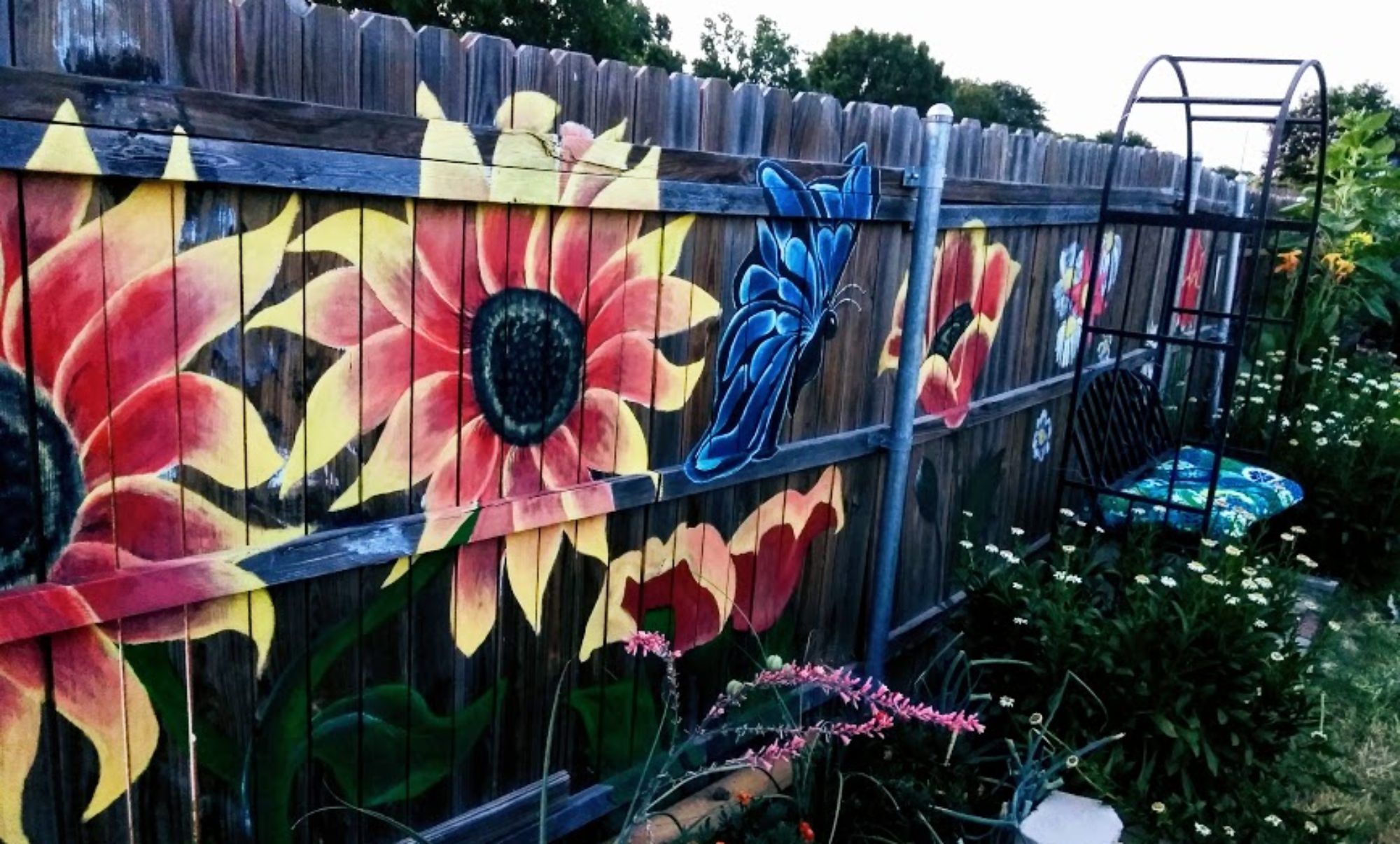About the Sunflower Moth
For those that love Sunflowers be on the look out for this pesky insect! It’s a small white sandy colored moth in the genus Homoeosoma. There are two types, the American Sunflower moth (Homoeosoma electellum) and the Eurasian sunflower moth (Homoeosoma nebulella). They show up in May to August time frame (depending on your region) and are most prevalent in the twilight hours, (figures it would be right when we all love to be in the garden) where the female lays their eggs on the sunflower head.
The spawn of this devil will hatch in about a week’s time and burrow themselves down into the the seed head and attempt to eat to their heart’s content with no concern what so ever to your precious plants (how rude!). To make matters worse this pest can also effect your Marigolds and your Echinacea as you can see from the picture below where some of my own were impacted. Signs of damage appears as a rotted area right in the middle of your flowers. If you pull the seed head apart you will most often find the worms, (I’ll add a pic of that).

Tips to Avoid and Treat
Like so many of the insects we deal with in our gardens there are a few natural enemies of the sunflower moth.
- Wasps will attack the larvae as well as eat the eggs of the moth reducing its impact.
- Ground beetles can attack the overwintering pupae and pirate bugs will also feed on them.
- Insecticidal soap as well as dawn dish soap (1 1/2 tsp per quart) mixed with water and sprayed on the plant’s seed head can be used.
- Organic insecticides such as BT and Neem can be used.
- I personally have had good luck using Neem Oil (the 100% organic cold pressed kind that you mix yourself) to detour them. Simply spray the seed heads while spraying the rest of the garden.
- Tilling your soil well for winter as well as again in spring and using nematodes is a good practice. This helps remove any overwintering little critters, (get them while they sleep!)
There are also several synthetic sprays that can be used. However its best for our bees to try the natural methods first as there are so many organic options available to control this pesky insect. If you find them on your plant cut and remove the flowers impacted and do not compost!


